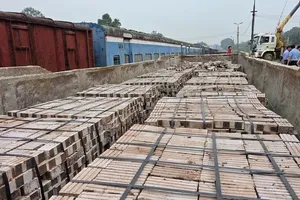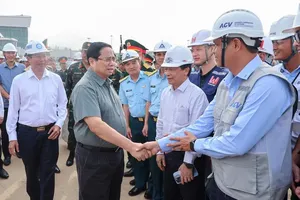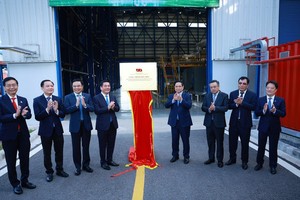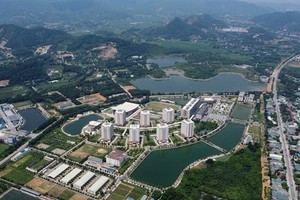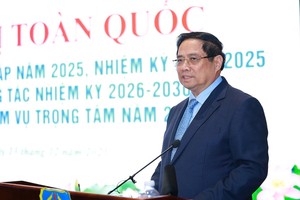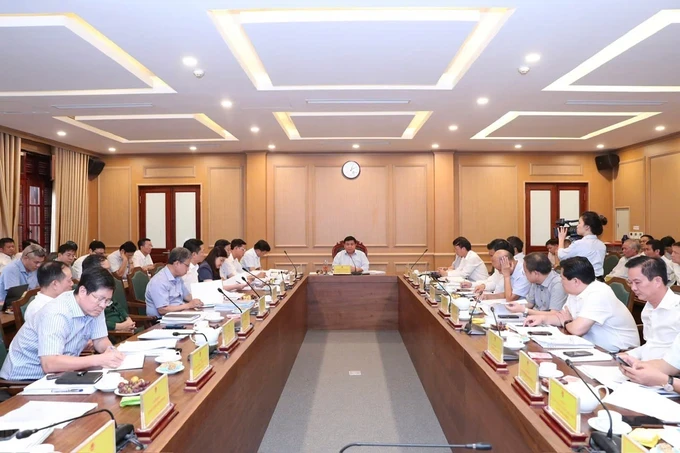
Accordingly, on October 4, 2024, the Ministry of Planning and Investment – the standing unit for the National Appraisal Council (NAC) – received the documents for the North-South high-speed railway construction project under the form of public investment, attached to the Dispatch No. 10625/TTrBGTVT dated October 2, 2024, from the Ministry of Transport.
Notably, the completed project dossier has undergone significant changes compared to the previously submitted content that had been reviewed by the NAC and consulting firms:
- the forecast for transportation demand has increased;
- the mode of transport has shifted from solely passenger transport to a combination of passenger and freight transport;
- the total investment has increased from US$58 billion to $67.3 billion;
- the operation and management model has also changed;
- the investment timeline has been reduced by 10 years;
- there are additional proposed special mechanisms;
- most notably, the investment method has shifted from a PPP (Public-Private Partnership) to a public investment.
Therefore, the NAC requested the Ministry of Transport to take full responsibility for the content and accuracy of the data in the project dossier and the contents of the Proposal submitted to the Politburo and the 13th Party Central Committee. This Ministry is also asked to continue perfecting the project dossier, ensuring compliance with the conclusions of the Politburo, the Party Central Committee, and the Permanent Government Office.
The NAC demanded a thorough review of the forecast data for transportation demand (passengers, goods) on the North-South corridor to ensure reliability and consistency with similar projects worldwide.
As to major technical measures, the NAC requested a clear explanation of how the guidance of the Permanent Government Office (Notification No. 458/TB-VPCP dated October 6, 2024) had been incorporated, especially the technical factors related to the route alignment, which should be as straight as possible to reduce costs (particularly the section through Nam Dinh Province).
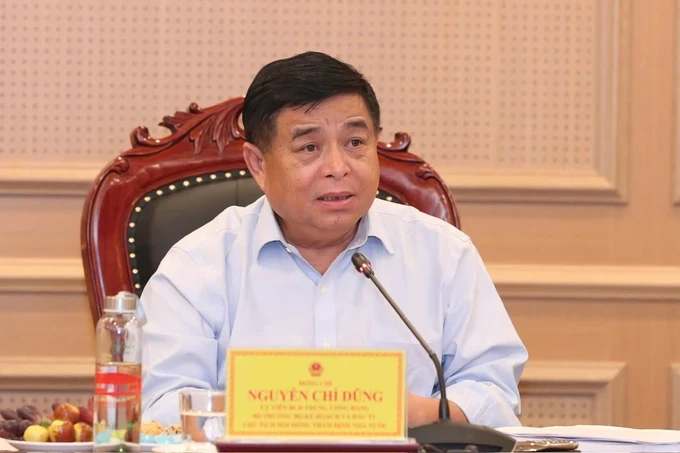
The plan must ensure high operating speeds for trains, create new development spaces, avoid large residential and urban areas. It must have suitable and convenient connection options to major airports and seaports, facilitate connections between the East-West corridor and connections with railways in China, Laos, and Cambodia.
In the next step, the Transport Ministry must continue to coordinate with localities along the high-speed railway route to review and adjust the route alignment and station locations of the project, especially in locations with advantages in connecting with major transportation hubs and economic zones.
Regarding train operating speed, the NAC asked for a detailed explanation of the technical requirements of the line with a design speed of 350 km/h for operating container trains.
The NAC also clearly stated the requirement to clarify the parameters of the investment scale for project items based on an assessment of compliance with the applicable standards for the project, the practices of similar projects worldwide, and suitability with the current natural, economic, and social conditions of Vietnam.
The assessment of the project's economic-social and financial efficiency must be reviewed to ensure appropriateness (especially calculations of financial efficiency).
The Transport Ministry is also requested to clarify and enhance the capability for domestication and mastery of high-speed rail technology. Additionally, it should continue to study and evaluate the advantages of public investment compared to other forms, especially for sections without railway development advantages; clarify the feasibility of implementing the project according to the schedule.
Finally, the conclusion of the NAC also specifies the deadlines for the Transport Ministry and relevant consulting agencies to complete the work so that the NAC members can promptly study, provide comments, and send them to the Ministry of Planning and Investment before 12:00 on October 17, 2024.












